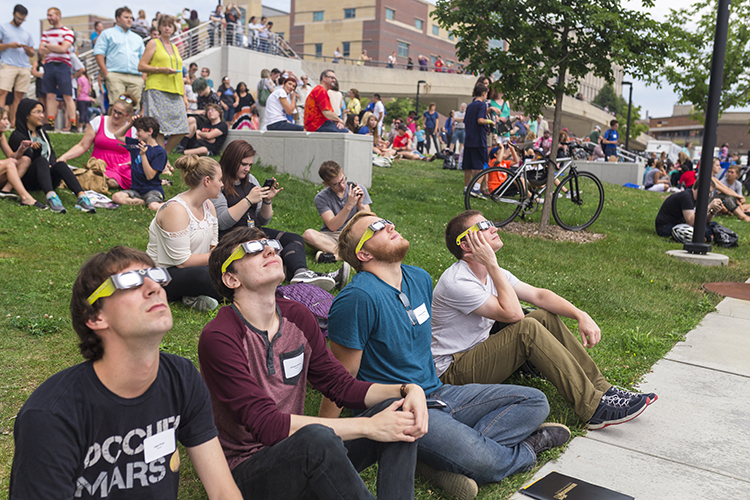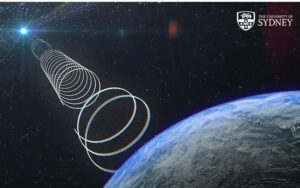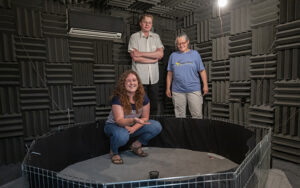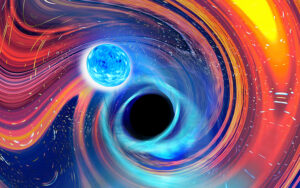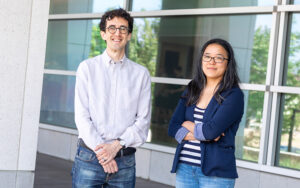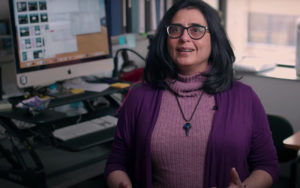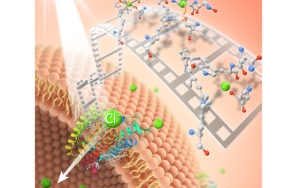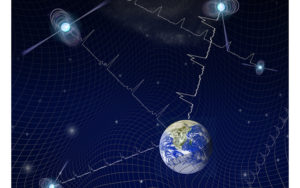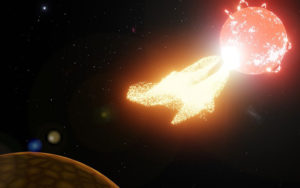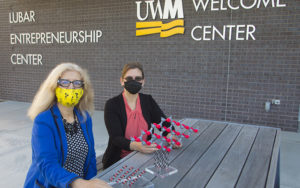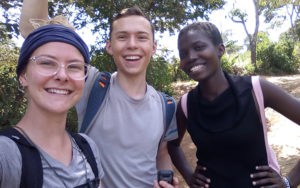Science
Mystery radio wave signal from the heart of our galaxy found
An international team of astronomers that includes one from UWM has discovered unusual radio signals that fit no currently understood variable radio source and could suggest a new class of stellar object.
The love pad: UWM lab tests frog romance in unique ‘arena’
UWM researchers trying to untangle the mystery of the eastern gray tree frog mating rituals found it hard to study in the pond. So they built their own.
UWM researchers take a leading role in finding elusive mergers of black holes with neutron stars
For the first time, researchers have confirmed the detection of a collision between a black hole and a neutron star. In fact, the scientists detected not one but two such events occurring just 10 days apart in January 2020.
Funding renewed for NANOGrav center, which includes UWM
An international team of astronomers, including several from UWM, have renewed funding from the National Science Foundation for their work in detecting and characterizing low-frequency gravitational waves, a transformational challenge in astrophysics.
UWM biologist named a 2021 UW System Regent Scholar
The honor recognizes Ava Udvadia’s research into the genetics that allow healing of nerve damage, along with her efforts to encourage undergraduates to participate in that work.
UWM physicists make molecular movies of a biological process of energy conversion
Many organisms use sunlight to fuel cellular functions. But exactly how does this conversion of solar energy into chemical energy unfold?
NANOGrav finds first hints of low-frequency gravitational wave background
A group of UWM researchers is part of the collaboration of scientists that used 13 years of data to find what could be the first direct detection of low-frequency gravitational waves.
UWM astronomer helps discover extrasolar ‘space weather’
If you wanted to look for life on planets around stars other than our sun, known as exoplanets, you would first locate the ones in the “Goldilocks zone.” That’s the area – not too close, not too far – at just the right distance from a star where a planet might have liquid water.
UWM physicists to work with Argonne National Lab on a breakthrough battery material
The U.S. Department of Energy recently awarded funding to a startup launched by two UWM professors for a collaboration with the Argonne National Laboratory in suburban Chicago on research that will help their company commercialize the material.
Building a better briquette: Conservation students study charcoal production in Kenya
In Kenya, a country where one in four people lacks access to electricity, charcoal is a staple fuel source. It’s light, small, easy to store, burns longer and hotter than wood, and is nearly smokeless. It’s also speeding up the country’s deforestation.
